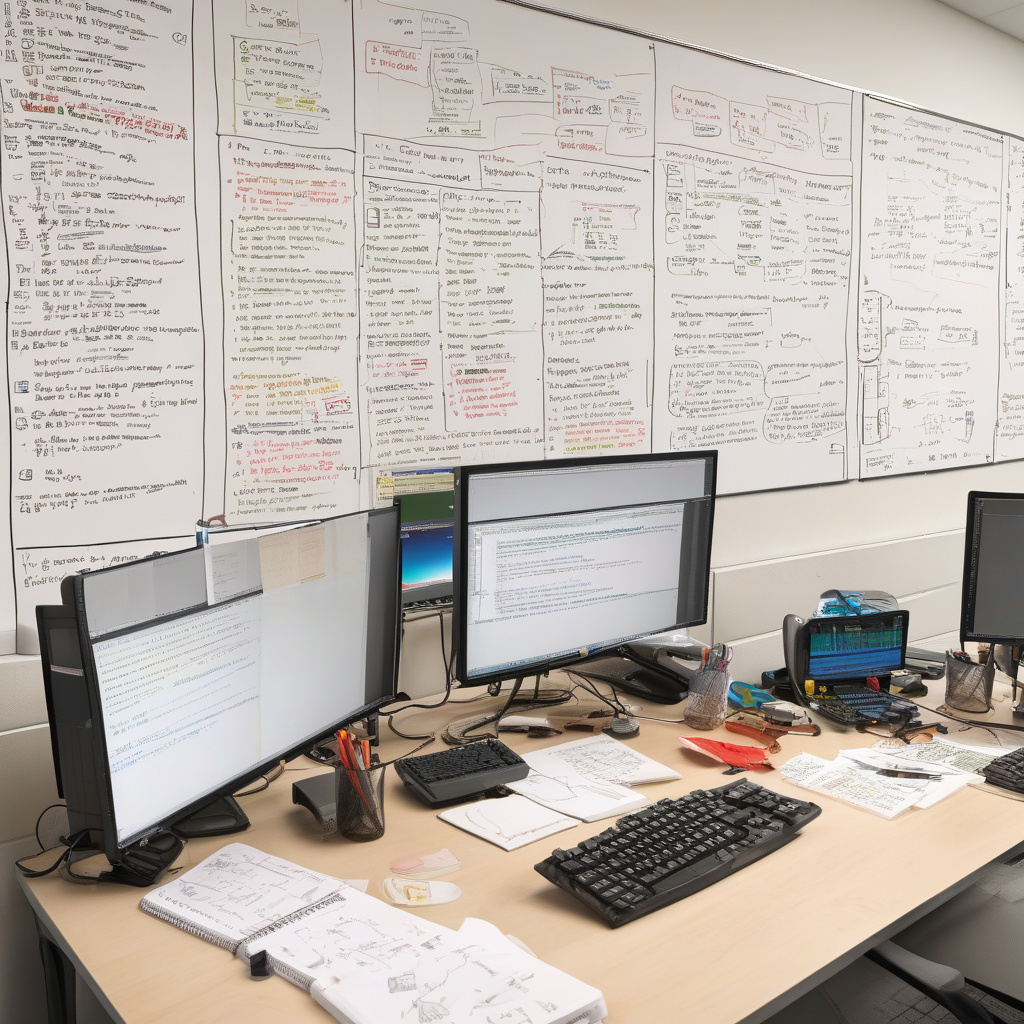Unit Testing Large Codebases: Principles, Practices, and C++ Examples
Unit testing is often an unsung hero in the realm of software development. With over a decade of experience crafting code for massive, globally-reaching applications, I’ve seen firsthand the pivotal role that unit tests play in the software development lifecycle. These tests not only ensure the reliability of your code but also bring forth a myriad of benefits that are often overlooked.
Despite their significance, unit tests are frequently neglected by engineers, primarily due to time constraints or an excessive reliance on manual testing. There’s a prevailing myth that unit tests impede the development process, but research suggests otherwise. In fact, a study published in Springer reveals that test-driven development (TDD) can actually enhance software development productivity. Over time, unit tests streamline the code iteration process, making it more efficient and effective.
When dealing with large codebases, the principles of unit testing become even more crucial. By breaking down the code into smaller, testable components, developers can identify and rectify issues more swiftly. This approach not only enhances code quality but also simplifies debugging and maintenance in the long run. Let’s delve into some key practices and principles for unit testing large codebases, illustrated with examples in C++.
One fundamental principle is ensuring test isolation. Each unit test should operate independently of others to pinpoint errors accurately. In C++, this can be achieved using frameworks like Google Test or Catch2. For instance, consider a scenario where you have a complex function that calculates the shortest path in a graph. By isolating this function in a unit test, you can verify its correctness without being influenced by other parts of the codebase.
Another vital practice is maintaining a comprehensive suite of tests. As the codebase grows, so should the test coverage. Regularly adding new tests and updating existing ones helps in detecting regressions and ensuring the continued functionality of the code. In C++, you can use tools like CppUnit to automate the testing process and run tests efficiently, ensuring thorough coverage across the entire codebase.
Moreover, adopting the practice of writing testable code simplifies unit testing in large codebases. By designing code that is modular and loosely coupled, you can easily create focused tests for individual components. In C++, adhering to the single responsibility principle and separating concerns within classes facilitates unit testing, making it easier to verify the behavior of each module independently.
Furthermore, incorporating mock objects is essential when dealing with dependencies in large codebases. Mocking frameworks such as Google Mock enable developers to simulate external dependencies, allowing for isolated testing of components. For instance, in a C++ application that interacts with a database, using mocks to simulate database responses can streamline testing and enhance the reliability of unit tests.
In conclusion, unit testing is not just a box-ticking exercise but a fundamental aspect of software development that can significantly impact code quality and productivity. By embracing unit testing principles and best practices, developers can navigate the complexities of large codebases with confidence. Through diligent testing, meticulous test coverage, and the adoption of test-friendly coding practices, C++ developers can ensure the robustness and maintainability of their code in the face of evolving requirements and scale.
Remember, in the ever-evolving landscape of software development, unit testing remains a steadfast ally, guiding developers towards code excellence and reliability. Let’s continue to champion the power of unit tests in shaping the software of tomorrow.

